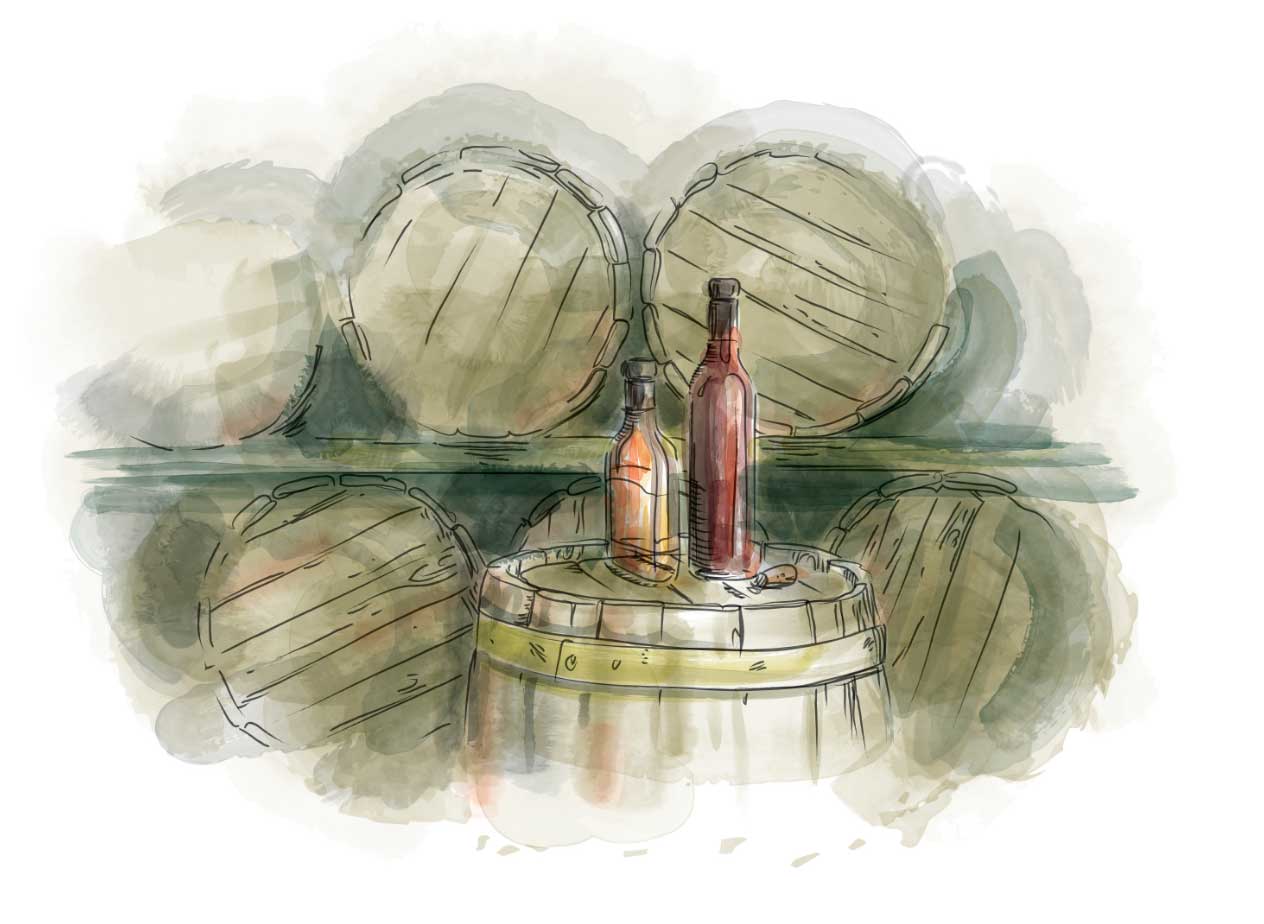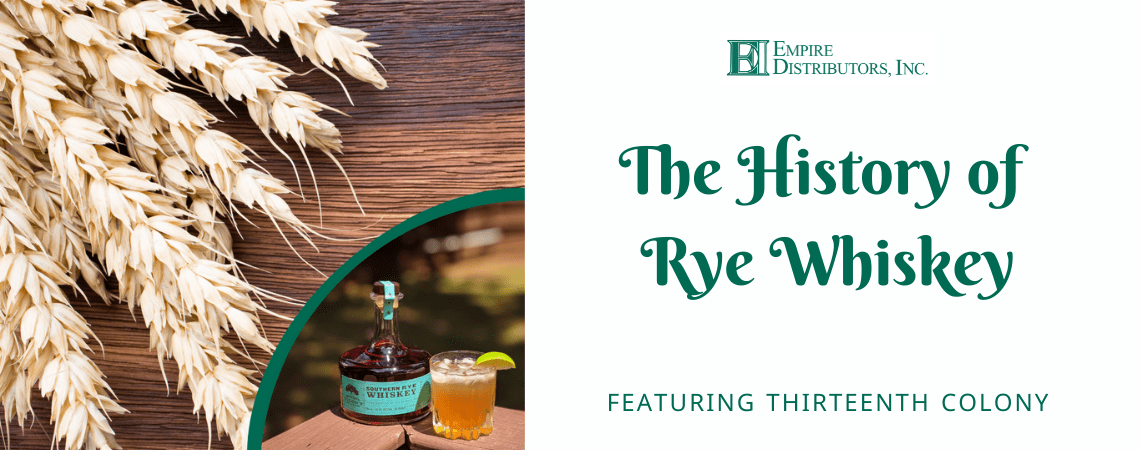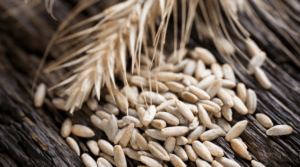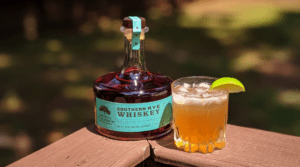Are you 21
or older?
You must be 21 or older to enter. Please Drink Responsibly

You must be 21 or older to enter. Please Drink Responsibly


With World Whiskey Day right around the corner on May 21st, it’s a great time to show some love to one of the best American innovations: Rye Whiskey. With the roots of rye whiskey dating back to Colonial times, we found it appropriate to reach out to one of the best rye whiskey producers in America, Thirteenth Colony Distillery, to hear their expertise on this often underappreciated spirit. Read on to learn more about the history of rye whiskey and where it stands today.

In the late 1700s and early 1800s, Scottish and Irish immigrants brought a love of whiskey to North America. But, as they settled in Pennsylvania and Maryland, they found the barley they used in Europe did not adapt well to the new climate. Add in the shortage of Caribbean-exported Rum following the American Revolution, and a gigantic hole was left in the American liquor industry. Undeterred, the Scottish and Irish settlers searched for an alternative to some of their favorite spirits. Eventually they found that rye grew well and was abundant, so they decided to distill it to make whiskey.
Rye whiskey quickly began to make its mark and people took notice; even America’s founding fathers, like George Washington, distilled their own rye whiskey! The premier rye of the time was Pennsylvania Monongahela Rye, a whiskey named for where it was first made around the Monongahela River.
Rye whiskey became the prominent whiskey in America, and more rye whiskey was produced than Kentucky Bourbon. To make rye whiskey you don’t need sugar or molasses, making rye whiskey less sweet than it’s Scotch or Irish whiskey cousins. This made rye whiskey a great cocktail base and, in the 1800s, people began to use it to make cocktails like Old Fashioned, Sazerac, and Manhattan rye cocktails. Rye whiskey cocktails remained incredibly popular into the early 1900s, until Prohibition and the 18th Amendment put an end to all forms of alcoholic drinks in the United States in January of 1920.
Eventually Prohibition was repealed, but it was quickly followed by the Second World War and the American Government subsidization of corn. This made it more profitable for farmers to grow corn compared to rye, and spirits distillers took note. And even though making whiskey was legal again, Americans’ drink of choice wasn’t whiskey; instead they chose to drink gin, vodka and other spirits. As time went on, Bourbon, made with at least 51% corn, eventually found its audience; meanwhile rye whiskey was on the bottom shelf, seen as a lower-class beverage that was expensive for distillers to make. But history has a way of repeating itself.
Over the past decade, Bourbon has continued to gain popularity and, with that rise, rye whiskey has made a comeback of its own. Distilleries like Thirteenth Colony Distillery in Americus, Georgia, has taken up producing rye whiskey to share with the public. Thirteenth Colony was founded in 2009, making it the first legal distillery in Georgia since prohibition. In 2010 there were 195 craft distilleries in the United States and by 2020 it has risen to 1,902 craft distilleries–an 875% increase in just 10 years.
Thirteenth Colony’s Master Distiller Graham Arthur has also noticed an uptick in the production of rye whiskey. “I’ve noticed there are a lot more people bringing out a rye whiskey after they bring out a bourbon. We did that backward because when I first brought out the rye here, I believe I aged it for [around] two years. I wanted it out. I wanted to taste it. I wanted to put it in a bottle. But now I’ve noticed there are a lot more people that are getting into it.” Graham said.

With the establishment of new distilleries, bartenders are crafting new cocktails to put on their menus. What started with a Manhattan has now has expanded dramatically. “I feel like the Manhattan has kind of cruised its way back into the world… honestly, it probably sucked for the ten years before that, because everybody was probably making it with the wrong booze,” Graham explained. “I feel like [the Manhattan] sort of crept its way back into the world mainly because of little distilleries like myself.”
Distillers, bartenders and customers alike are getting more adventurous, and it shows; new ryes, bourbons, whiskies and their accompanying cocktails pop up every day. Rye whiskies have even found their way across the pond as “European Rye Whiskey.” With so much variety out there, it can be overwhelming. Start off by giving smaller distilleries like Thirteenth Colony a try, or go for a classic cocktail at your favorite cocktail bar. When in doubt, ask: your local liquor store or mixologist would be happy to help you find your new favorite rye whiskey.

Huge thanks to Thirteenth Colony Master Distiller Graham Arthur for taking the time for this interview!
Reach out with any questions you may have to see just how responsive, knowledgeable and downright friendly an Empire Representative can be.